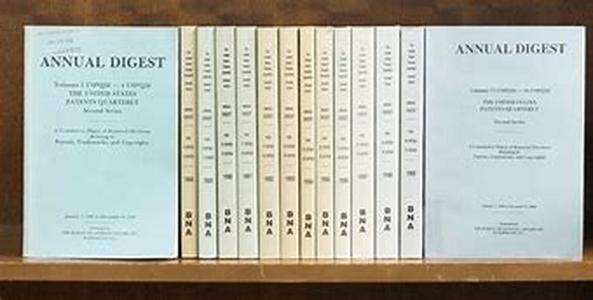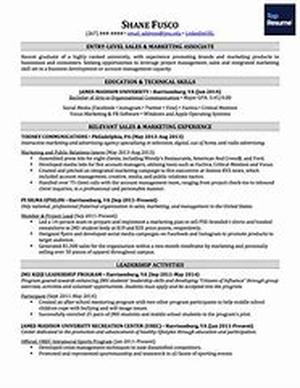
KWD: 14421 3.32United States Patents United States Patents Pertains To The Grant Of A Property Right To The Inventor To Make, Use, Sell Or Offer To Sell An Invention. United States Patents Are Issued By The United States Patents And Trademark Office. Generally, The Term Of United States Patents Is 20 Years From The Date On Which The Application For The Patent Was Filed In The United States Or, In Special Cases, From The Date An Earlier Related Application Was Filed, Subject To The Payment Of Maintenance Fees. United States Patents Grants Are Effective Only Within The United States, U.S. Territories, And U.S. Possessions. Under Certain Circumstances, United States Patents Term Extensions Or Adjustments May Be Available. United States Patents Have Four Generaltypes: (1) Utility Patents, Usually Referred To As "patents" Without Any Further Qualification, (2) Design Patents Whichcover The Ornamental Appearance Of Various Products, (3) Plant Patents Which Cover Asexually Reproduced Varieties Of Plants, E.g. Hybrid Roses, Fruit Trees Bearing New Types Of Fruit, Etc., And (4) Semiconductor Chip Masks Which Are Not Called Patents But Are Handled By The Patent And Trademark Office.A Utility Patent Is Effective From The Date It Is Issued And Lasts For 20 Years From The Date It Was Applied For. A Design Patent Covers The Ornamental Features Of A Manufactured Item. Design Patents Cover Only How Something Looks, Not How It Works. A Design Patent Lasts For 14 Years From The Date It Is Issued. Plant Patents Cover Asexually Reproduced Plants. Fruit Trees And Other Flowering Plants Are The Most Common Subjects For Plant Patents.United States Patents And Trademark Office Or USPTO Does Not Only Examines Applications And Grants Patents On Inventions When Applicants Are Entitled To Them But Also Publishes And Disseminates United States Patents Information, Records Assignments Of Patents, Maintains Search Files Of Foreign And United States Patents And Maintains A Search Room For Public Use In Examining Issued Patents And Records.There Are Several Steps Necessary In Securing The United States Patents On Invention. The Most Basic Is The Patent Search. If The Invention Is Patentable Based On The Patent Search, Then Patent Application Should Be Filed. The USPTO Examiner Will Make The Necessary Review On The Patentability Of The Invention. Then Depending On The Result, Issues United States Patents Or Not. The Patent Attorney Is Allowed To Appeal This Decision In Behalf Of The Inventor. These Steps In Securing United States Patents Could Be Long, Difficult And Expensive But Could Be Worth It If The Patents Earn Profits.





